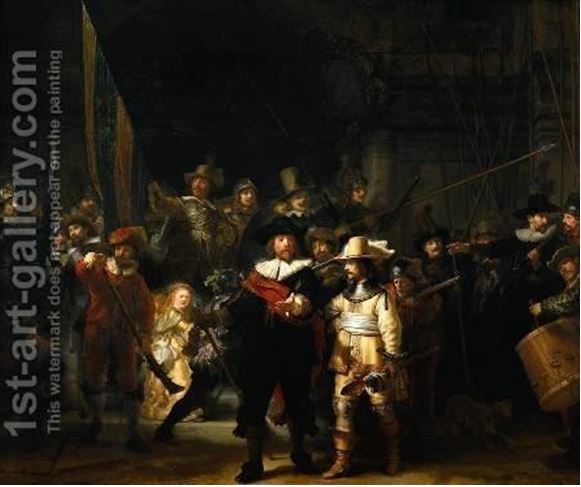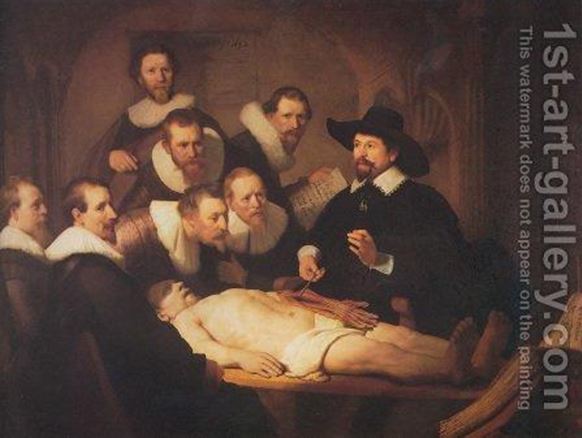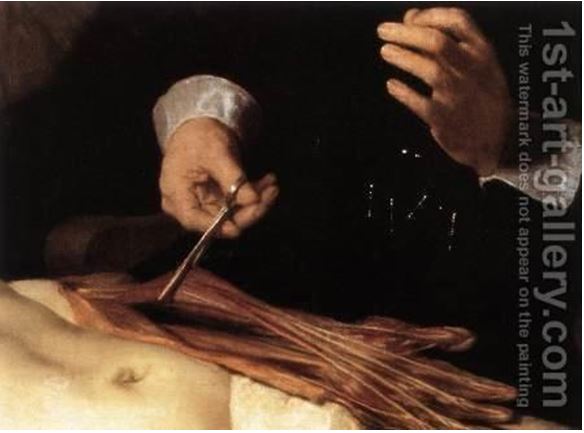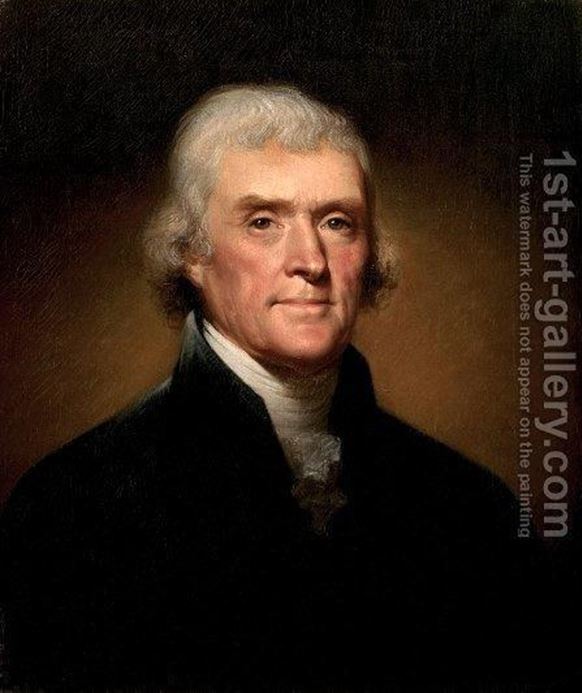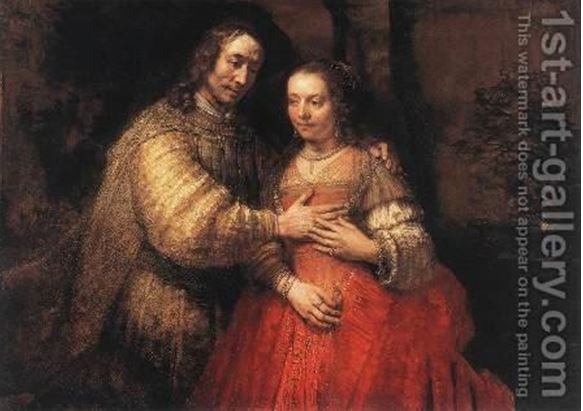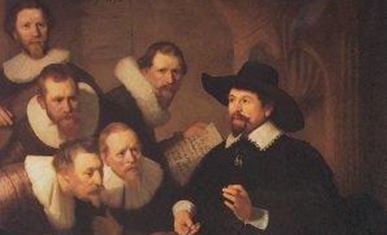
8 Underrated Facts About Rembrandt Oil Paintings
8 Underrated Facts About Rembrandt Oil Paintings
Rembrant Harmenszoon van Rijn, or more commonly, Rembrandt is known for his portraiture, his versatility, and his dramatic oil paintings. Born in the city of Leiden, he dropped out of his university to devote himself to his art.
Moreover, in Amsterdam, he trained under Pieter Lastman, who specialized in historical and biblical subjects, and then expanded his business to become a Burgess of Amsterdam and a member of the local guild of painters. Rembrandt’s career, that spanned over 600 paintings, is full of interesting facts about his art.
1. The Night Watch has alternate titles
One of the most popular Rembrandt’s paintings ‘The Night Watch’ has alternate titles that are much longer and more specific to the details of the painting. Some of these titles include: Officers and Other Civic Guardsmen of District II of Amsterdam, under the command of Captain Frans Banninck Cocq and Lieutenant Willem van Ruytenburch. Within the century after the painting was created, the nickname The Night Watch caught on as the popular title.
2. Rembrandt has an appearance in The Night Watch
There have been theories that the artist managed to incorporate a little bit of himself in his prized Rembrandt drawings. Rembrandt Van Rijn’s cameo can be easily missed – unless you know what you’re looking for. Among the various men, there’s one in the middle of the painting, behind a man in green and a guard with a metal helm, you can spot a barely-there man. Although only his eye and his beret are visible, many believe that the Golden Dutch Age painter included himself in his most famous work.
3. ‘The Night Watch’ was supposed to be part of a series
Hired as one of six artists the Kloveniers had hired for group portraits of their members, Rembrandt was supposed to create a piece. It was to be a segment of an “unbroken frieze of large paintings, each matching the other and fixed in the wooden paneling of the room to form a meticulously designed total interior concept.” As we now know, Rembrandt drawings differed from both what was expected in composition and color.
4. The Anatomy Lesson was a documentary of sorts
The gripping painting The Anatomy Lesson of Dr. Nicolaes Tulp is based on an actual event that was painted in a lecture theater in Amsterdam. The painting shows professor Tulp probing the anatomy of a cadaver’s left arm with an instrument in his right hand, while his left hand demonstrates the capability of the left hand, illustrating its dependence on that anatomy. Some dispute exists whether Rembrandt gets science of the anatomy and the left arm of the cadaver.
5. The corpse of The Anatomy Lesson
Created in 1632, The Anatomy Lesson of Dr. Nicolaes Tulp is another of earlier Rembrandt masterpiece, which he created when he was only 26 years old. The corpse depicted in the painting is said to be a convicted criminal, called Aris Kindt, who was sentenced to death. When looked at closely, one will notice that the corpse’s navel is in the shape of an R – which is said to be another one of Rembrandt’s way of signing paintings.
6. The hand in The Return of The Prodigal Son
Amongst his final works, before his death in 1669, Rembrandt made The Return of The Prodigal Son which depicted the Christian idea of mercy. There have been significant talks about the father’s hands in this painting. The right hand has a lighter color than the left hand and the fingers on the right hand are longer and thinner than the left hand.
Over the years, these differences has been a topic for debate for quite a bit. The right hand is depicted as feminine and the left hand is depicted as masculine. It is said the hands represent both the father and the mother of the prodigal son as “God can assume both roles for us.”
7. The portrait of Thomas Jefferson is not made by Rembrandt
Contrary to popular belief, the official portrait of the third United States president, Thomas Jefferson, was not a renowned Rembrandt drawing. In the 1800s, Rembrandt Peale, an American artist, was named after Rembrandt Van Rijn, and became one of the most respected artists of that time. He made two paintings for Thomas Jefferson – the first portrait which was painted in 1800 while he was serving as vice president to John Adams, and the second portrait which was painted in 1805 while he was serving as president.
8. The name of The Jewish Bride
To this date, it is still not known what Rembrandt named this painting. An art collector in Amsterdam called it The Jewish Bride, who interpreted this painting as a Jewish father who is gifting a necklace to his daughter on her wedding day. However, many experts disagree with this interpretation – it is believed that the two figures portrayed are lovers or a married couple.
Famous Dutch post-impressionist painter, Vincent Van Gogh, spoke about his work with an emotion that sums up the iconic artist: “Rembrandt goes so deep into the mysterious that he says things for which there are no words in any language. It is with justice that they call Rembrandt ‘magician’ that’s no easy occupation.”
Bonus fun fact: The theme song of the popular sitcom FRIENDS was written and performed by a band called ‘The Rembrandts’, which was named after the Dutch artist.
